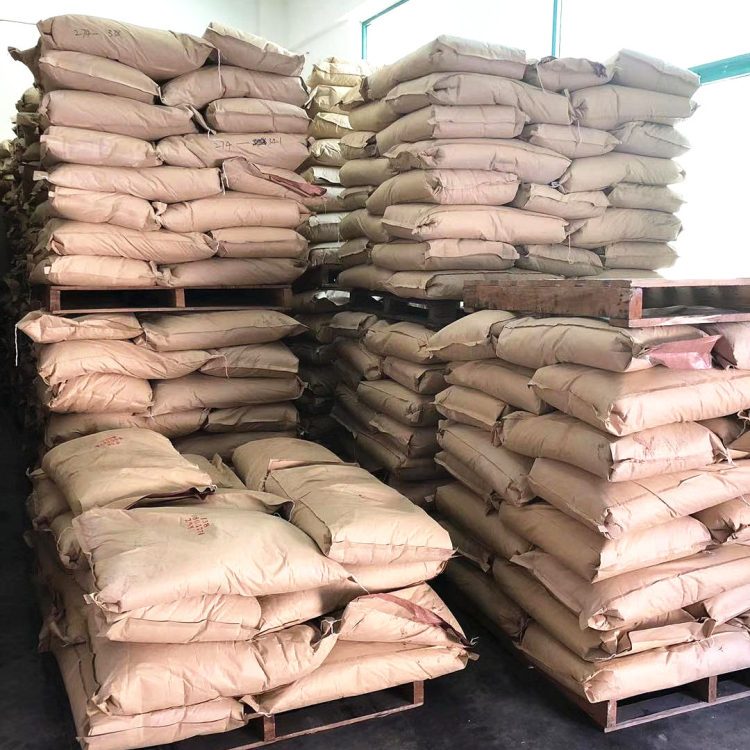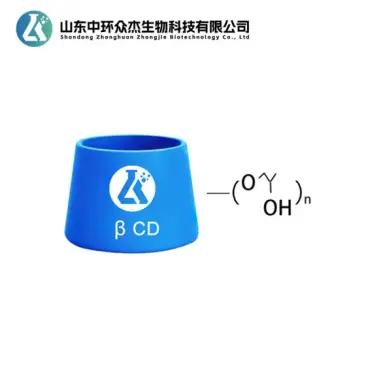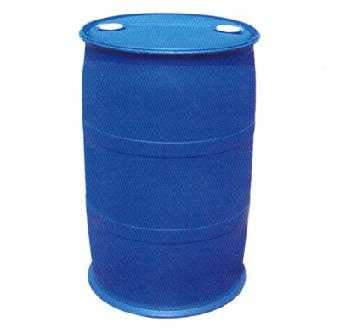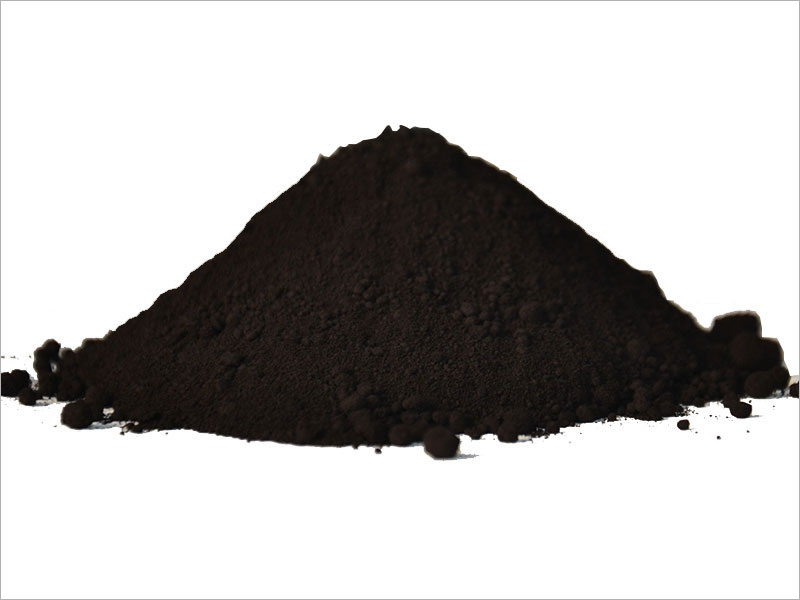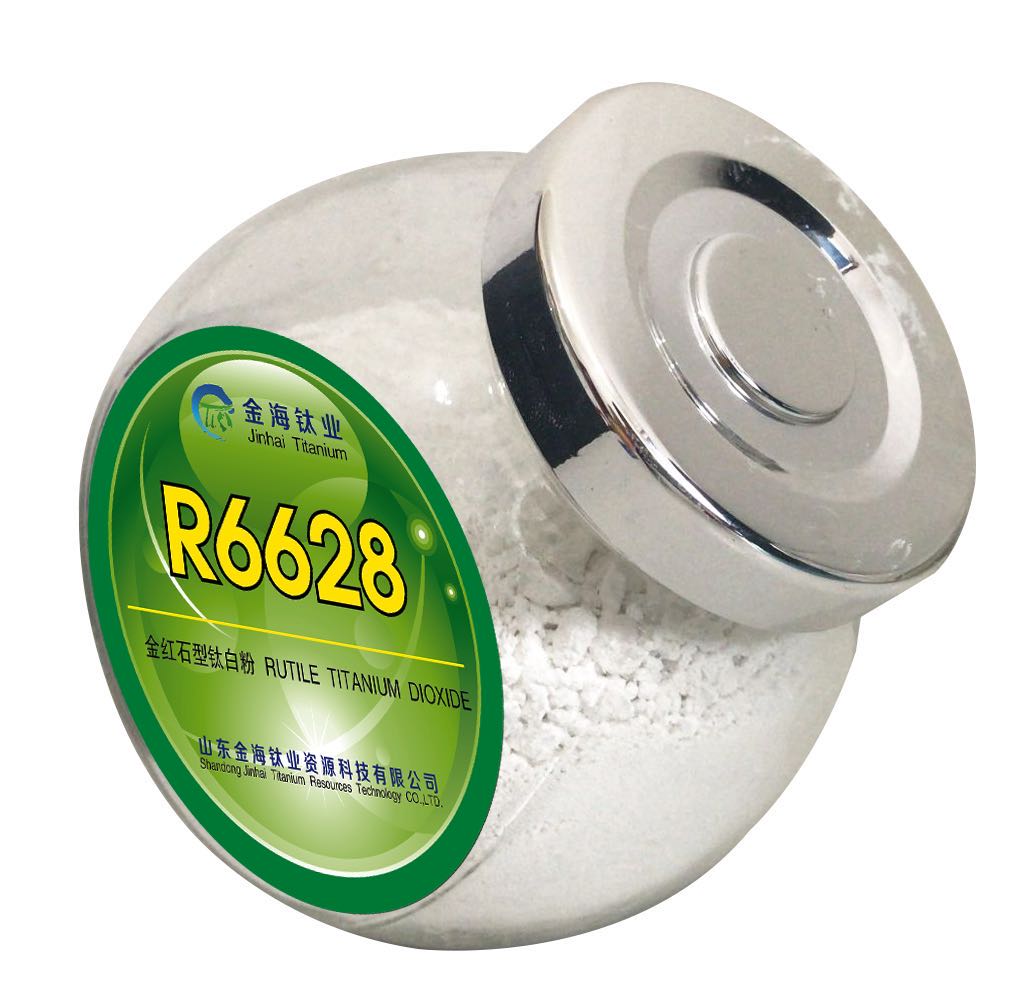Feed Additive
Additives For Food Packaging
Colorant
Stabilizer and Coagulator
Water Retention Agent
Feed Deworming Health Agents
Anti Corrosion and Preservation
Color Fixative
Flour Treatment Agent
Defoamer
Coating Agent
Feed Vitamins
Emulsifier
Other Food Additives
Nutritional Fortifier
Thickening Agent
Feed Quality Enhancer
Antioxidants
Chewing Gum Bases
Bulking Agent
Feed Amino Acids and Small Peptides
Flavor Enhancer
Sweeteners
Additives For Feed Preservation
Other Feed Additives
Food Additive
Bleaching Agents
Anticaking Agent
Food Flavors and Fragrances
Enzyme Preparation
Feed Trace Elements
Acidity Regulators
Feed Growth Promoters
Feed Conditioner
CAS:128446-35-5
Molecular Formula:C63H112O42
Alias
More Information
(2-Hydroxypropyl)-Beta-Cyclodextrin; (2-Hydroxypropyl)-β-Cyclodextrin; Hydroxypropyl-Beta-Cyclodextrin; (2-Hydroxypropyl)-Beta-Cyclodextri; Hydroxypropyl-β-Cyclodextrin; Beta-Cyclodextrin, 2-Hydroxypropyl Ethers; (2-Hydroxypropyl)-; A-Cyclodextrin; Hydroxypropyl Betadex; Hydroxypropyl-?-Cyclodextrin; HP-B-CD; HBC; Beta-Cyclodextrin,2-Hydroxypropylether; (2-Hydroxypropyl)-^B-Cyclodextrin
Brief Introduction
An ideal injection solubilizer and drug excipient can improve the water solubility of insoluble drugs, increase drug stability, improve drug bioavailability, increase the curative effect or reduce the dosage of drugs, adjust or control the release speed of drugs and reduce the toxic and side effects of drugs.
Suppliers
View More Vendors (2) >
CAS:1302-78-9
Molecular Formula:Al2H2O12Si4
Alias
More Information
Montmorillinite Clay; Montmorillonite; Bentonite Magma; Bentonite (Sodium Form); Fullers Earth; Kwk Krystal Klear; Organobentonites; Drilling Fluids; Directional Crossing Bentonite; Bentonite for Metallurgy; Bentonite for Foundry; Organic Bentonite; Anti-Salt Bentonite; Fuller Earth; Fuller Earth clay; Sdfcl 500gm Bentonite
Brief Introduction
Bentonite can be used as binder, adsorbent, filler, thixotropic agent, flocculant, detergent, stabilizer, thickener, etc., as carrier of chemical fertilizer, bactericide and pesticide, filler of rubber and plastic, anti sedimentation assistant of synthetic resin and ink, thixotropic and thickening of pigment and raw slurry coating, additive of daily chemicals, absorbent and binder of medicine, etc, It is also widely used in petroleum, metallurgy, casting, machinery, ceramics, construction, light industry, papermaking, textile and food sectors.
Suppliers
View More Vendors (2) >
CAS:1317-61-9
Molecular Formula:Fe3O4
Alias
More Information
Iron(Ii,Iii)Oxide; Monodispersed Magnetite Microspheres; Iron(Ii) Diiron(Iii) Oxide; Iron Oxide Black; Iron Oxide(Ii,Iii),Magnetic Nanoparticles; Iron Oxide(Ii,Iii); Iron(Ⅱ,Ⅲ) Oxide; Ferric Ferrous Oxide; Iron Oxide (Fe3O4)
Brief Introduction
It is used in medicine, metallurgy, electronics, textile and other industries, as well as pigments and glass colorants used as catalysts, polishing agents, paints and ceramics. Special magnetic iron oxide can be used to manufacture audio tapes and telecommunications equipment.
Suppliers
View More Vendors (2) >
CAS:1317-80-2
Molecular Formula:O2Ti
Alias
More Information
Titanium Dioxide; Dioxotitanium; Titanium Dioxide Rutile; Anatase; R6618; Titania; Tioxide; Titanium White; Anatase(Tio2); Titandioxid; Titanium Dioxide Rutile Grade; Rutile(Tio2); Titanic Anhydride; Powdered Titanium Oxide; Flake Titanium Oxide; Rutile Titanium Dioxide; Titanium Oxide; 13463-67-7; Suppliers of Titanium Dioxide Rutile Grade
Brief Introduction
Titanium dioxide is an important inorganic chemical pigment, which is mainly composed of titanium dioxide. It has important applications in coatings, ink, paper, plastic, rubber, chemical fiber, ceramics and other industries. Titanium dioxide is not only used as colorant in rubber industry, but also has the function of reinforcing, anti-aging and filling. Titanium dioxide is added into white and color rubber products. Under sunlight, it is resistant to sunlight, cracking, discoloration, high elongation and acid-base resistance. Titanium dioxide for rubber, mainly used in automobile tires and rubber shoes, rubber floor, gloves, sports equipment, etc., is mainly anatase. However, a certain amount of rutile products are often added in the production of automobile tires to enhance the ability of anti ozone and anti ultraviolet. Titanium dioxide is widely used in cosmetics. Because titanium dioxide is nontoxic and far superior to lead white, almost all kinds of perfumes use titanium dioxide to replace lead white and zinc white. Only 5% - 8% titanium dioxide can be added to the fragrance powder to get permanent white, which makes the fragrance more greasy and has adhesion, absorption and covering power. In gouache and cold cream, titanium dioxide can reduce the feeling of greasy and transparent. Titanium dioxide can also be used in other spices, sunscreen, soap tablets, white soap and toothpaste.
Suppliers
View More Vendors (2) >
CAS:136-77-6
Molecular Formula:C12H18O2
Alias
More Information
Hexylresorcinol; HR; 4-Hexylbenzene-1,3-diol; 4-Hexyl-1,3-Dihydroxybenzene,4-Hexylresorcinol; 4-Hexylresorcinol; 1,3-Benzenediol, 4-Hexyl-; Hexyl Resorcinol
Brief Introduction
Antioxidant; Pigment stabilizer; Enzyme browning inhibitor; Processing aids.
Suppliers
View More Vendors (2) >
Inquiry (
10
/ 10
)
Clear All
Sign In
Error!

